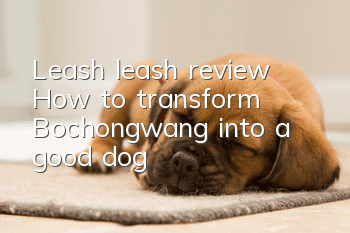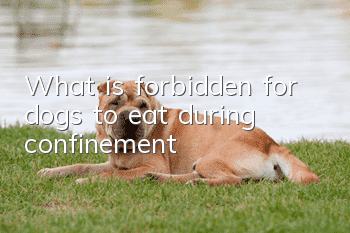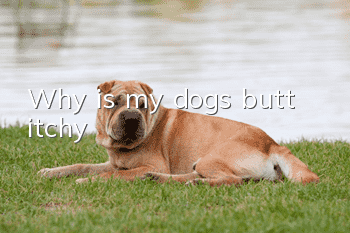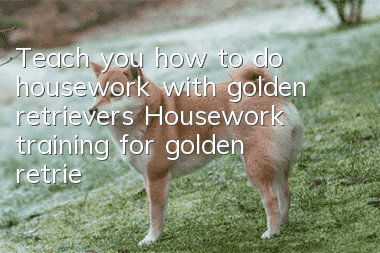Leash leash review: How to transform Bochongwang into a good dog

Chest collar
Stimulation: 1 star;Control: 1 star;
Safety: 5 stars.
Summary: It has the least pressure and stimulation on dogs, the least degree of control, and the most comfortable collar for dogs. It is currently the most used collar, but it is easy to develop bad habits of rushing. It should be noted that the harness collar may cause a squeeze on the dog's chest, so dogs that are not fully developed and love to rush should be used with caution.
Neck Collar
Stimulation: 3 stars;Control: 3 stars;
Safety: 4 stars.
Summary: It is not very stimulating to dogs, but it can control dogs to a certain extent. It is suitable for home training when puppies develop good habits.
P rope P chain
Stimulation: 4 stars;Control: 4 stars;
Safety: 2 stars.
Summary: It causes the greatest pressure and stimulation to dogs and the greatest degree of control. It is suitable for professional dog trainers to correct the wrong habits of dogs, especially collars commonly used in traditional dog training (police dogs, anti-riot dogs, etc.). It is not recommended for family companions. It is not recommended for use in dog training, especially for novices.
Barbed Collar
Stimulation: 5 stars;Control: 5 stars;
Safety: 1 star.
Summary: P-chains with barbs on the inner ring and almost abusive collars have long disappeared from the streets in recent years and only appear in certain treasures and a few film and television works.
It should be noted that many owners don’t pay much attention to the cleaning of the collar, but the parts close to the dog’s skin will have some aging and wrinkles. Over time, bacteria and even fleas will be stored in it. If they are not cleaned and disinfected properly, it will cause The dog has a skin disease.
The king of explosion turns into a good dog
Choice of dog leash
It’s not all a blow to you, it depends on you, a novice in dog training with zero foundation , how can you easily bring back a dog that has developed bad habits for many years? And the development of good habits does not require strong stimulation, so there is no need for P chains for home training. Prepare a collar type. That's it. In addition, if you want to control your dog more easily, you can raise the collar to the yellow line. After choosing the leash, let's start the practical operation:"Lean" training
1. Hold the leash in one hand, hold the food in the other hand, and draw a semicircle toward the back of the body ( Remember, this is the point) to induce.2. When the dog’s front feet reach the trouser line, immediately reward it continuously (remember, it’s continuous) and implant the “lean” command.
3. First, let the dog become familiar with this action. Another point is to let the dog understand that as long as it reaches the crotch position, there will be continuous rewards. The induction hand must be slow in the early stage to let the dog become familiar with this action, so as toThen gradually speed up.
"Follow" training
1. After the dog is familiar with the "lean" command, we reduce the induction movement and speed up the induction.2. After the dog reaches the position, the dog will be rewarded continuously, and then the owner will move forward, stopping every step to induce the dog to sit down and give rewards.
3. Let the dog develop the habit of sitting down when the owner stops. Each step is a group of 3 to 4 steps. When releasing the behavior, the reward of the owner's hand should be behind the body, so that the dog can develop a good habit of not rushing.
4. After completing the previous step, let the dog walk in the outer circle to induce the dog. If the dog follows and stops, give a reward.
5. After the dog can also do well, he can also be induced to walk in the circle and rewarded.
6. The inducing hand should not be too far away from the dog. After stopping, the dog must sit down and then be rewarded. Let the dog deeply understand that after the owner stops, he needs to sit down before he can be rewarded.
7. Then transition to the other hand to hold food, with the induced hand not holding food, and practice repeatedly.
The dog can accompany you indoors and then transition outdoors. When you go outdoors too much, wear a collar-type leash for your dog. Lower the difficulty at the beginning, then walk a short distance and stop to reward the dog with food.
8. Let the dog understand that if he does this outdoors, he will also get benefits. You can directly reward the dog when he raises his head, or you can induce the dog to sit down and reward the dog. Let the dog understand that as long as he raises his head and pays attention to the owner, There will be food rewards. After such training, the dog's attention will continue to be on the owner even after going out, and the owner's obedience will be higher when the owner gives commands outdoors.
What should I do if my dog won’t walk after putting on the leash?
1. Hold the collar in one hand and food in the other hand, opposite the collar. Give the dog a reward when his head passes through the collar.2. Then transition to giving a reward when the dog's mouth touches the collar, so that the dog understands that as long as he touches the collar, he will be rewarded with food.
3. Then the dog can wear a collar and be rewarded. After repeated repetitions, the dog will understand that it will be rewarded when it wears the collar.
3. At this time, pick up the collar and do not induce the dog. The dog will take the initiative to pass through the collar. At this time, reward the dog with food. At this time, the dog will like to wear the collar.
With the correct leash and repeated training, the King of Thunder can become a good dog, and civilized dog raising itself is a kind of protection for the dog!
Random articles
- Why do dogs have hot ears?
- What happens when a golden retriever wakes up and walks lamely? A must-read for novice pet owners!
- When to potty train your dog? Are you ready?
- The best age and precautions for dog neutering
- How to train a greyhound to pinch?
- What kind of dog cannot be bathed temporarily?
- How do golden retrievers avoid heat stroke in summer? Tips for golden retrievers to avoid heatstroke!
- Why do dogs like to lick everywhere? It turns out that dog licking also has different meanings!
- How should an office worker raise a dog?
- What you need to know if you have pets at home: signs of heat stroke and how to prevent it



